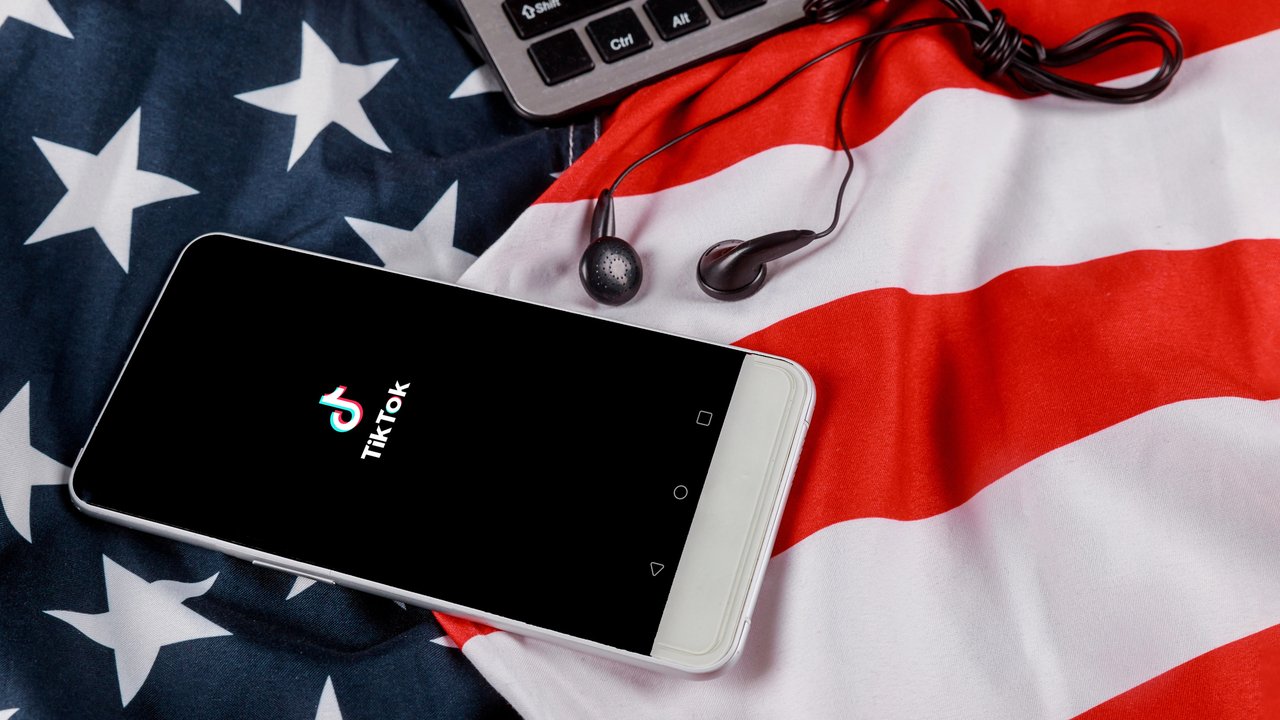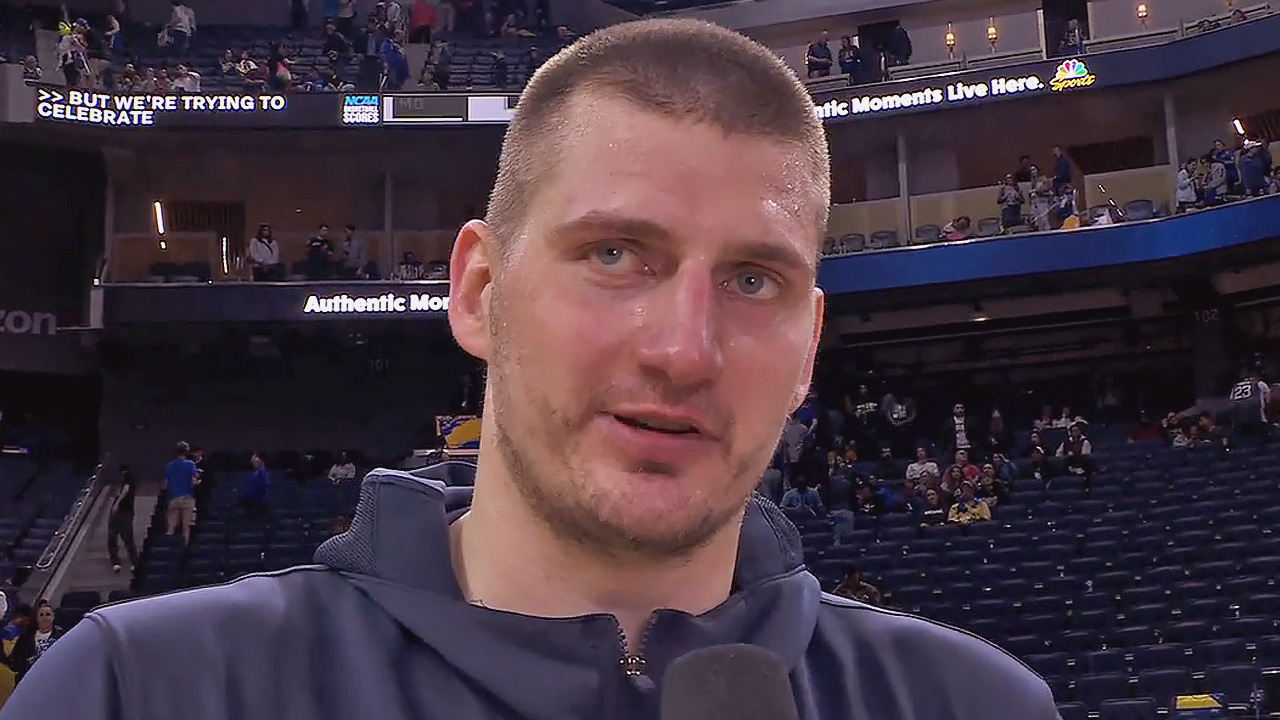Digital Despair: How Social Media Fuels Teen Anxiety and Overmedication
Authored by Amy Denney via The Epoch Times (emphasis ours),
Sofia never really felt like she fit in as a preteen, so she turned to a place where she could get lost and go numb.
She sat scrolling on her smartphone, hour after hour, day after day, searching for her identity. It was an easy distraction from the social isolation of the COVID-19 quarantine and the pain of her parent’s divorce.
“I was so enraptured by what was going on in my phone,” Sofia, now 15, told The Epoch Times. She hated herself, caught up in standards she didn’t think she could achieve and was genuinely terrified by the thought of talking to peers.
“After quarantine, I would go out, I’d be profusely sweating. I would be nervous, my face would be burning when I was talking to people.” Rather than discuss her feelings, she’d let them build up inside until she’d explode with emotion.
Sofia considered her options. She watched peers brag about anxiety medications on social media and saw them isolating further into unchecked phone scrolling. Like Sofia, today’s teens are prone to a common trap of social media that germinates anxiety and depression and grooms them to believe medication is the only way to escape the uncomfortable—and sometimes normal—feelings that accompany adolescence.
Platforms like TikTok have amplified a broad spectrum of voices around drugs for teen anxiety and depression. Those voices include psychiatrists educating about various medications, sponsored influencer content, pharmaceutical advertisements, and even teens boasting about their own anti-anxiety prescriptions.
Teen Anxiety Then and Now
The barrage of medicalized anxiety messaging is a sharp contrast from two generations ago when selective serotonin reuptake inhibitors (SSRIs) were first hitting the market for depression and anxiety. Drugs were a relatively unfamiliar—and often private—solution for mental health struggles.
Social media has brought more awareness and normalization to teen mental health issues. Experts are concerned, however, that lopsided attention given to the quick fix of medication interferes with efforts to prevent anxiety and depression and holistic approaches to dealing with mental health.
Research shows risks associated with anti-anxiety and antidepressant medications—like drug dependence and tolerance, as well as overdosing and suicide—are rising among teens while therapy is becoming less common.
“In the United States, there’s so much advertising from drug companies that talk about mental health problems. So, teens are less likely to see anxiety as an understandable response to stress and more like a physical problem,” said Dr. Josef Witt-Doerring, a board-certified psychiatrist who specializes in treating adverse effects from psychiatric drugs.
“Because of that, they either get prescribed medications by the doctors, or they actually go to doctors and say, ‘There’s something wrong with me. I need medication,’” he told The Epoch Times. “And this is also amplified on social media.”
Witt-Doerring noted that anxiety is especially normal for teens and young adults who are in the midst of life transitions.
Yet, he said teens are especially prone to a preconceived notion that they have a chemical imbalance in their brains. There’s no test that can accurately assess neurotransmitter levels related to depression and anxiety, he said, and no evidence drugs fix imbalances.
Algorithm Aggravations
A survey by EducationWeek, a publication for educators, found widespread evidence of teens using social media as a platform to diagnose their own and their peers’ mental health conditions.
The survey found:
- 65 percent of school leaders and teachers reported that students sometimes or frequently use social media to diagnose their own mental health conditions.
- 55 percent of high school students admitted to using social media to diagnose their own mental health conditions at least once; 28 percent, sometimes; and 10 percent, all the time.
Nearly half of TikTok’s most viewed content revolves around poor mental health and includes mental health hashtags, a European Child and Adolescent Psychiatry systematic (scientific) review noted.
It found trending mental health topics—tics, dissociative identity disorder, and self-harm in particular—were associated with an uptick in treatment for those conditions.
TikTok has made it a badge of honor for teen users to belong to a community of other teens and celebrities who struggle with anxiety and depression, Witt-Doerring said.
“There’s a lot of content out there with people saying, ‘This is a day in the life of someone with major depressive disorder, and here are all the drugs that I’m taking,’” he said. “And it really normalizes it for people. You see it enough times and you’re just like, ‘Oh, I guess everyone has these brain diseases, and they need to be on all these drugs.’”
TikTok did not respond to The Epoch Times’ request for comment.
The influence social media has on young girls is especially concerning to Aaliyah Kissick, who has worked as a teen mentor.
“It’s amazing how persuasive these posts can be,” the 24-year-old told The Epoch Times. “It’s even more dangerous for people whose brains are developing because it’s targeting them based on commentary.”
Algorithms reach beyond the content a user is already engaging with, showing teens the kinds of videos their friends are viewing. Teens can be bombarded with content about the antidepressant Zoloft simply because that’s what their peers are into, Kissick noted.
“Unfortunately, when you get a bunch of people together talking about mental illness and ruminating on the symptoms rather than working toward solutions, it can create an echo chamber where you’re all just getting sicker,” she said.
Over-Reliance on Medication
Many current treatment approaches overlook the complex underlying factors contributing to teen anxiety, such as academic stress, social dynamics, family instability, and undiagnosed learning challenges, Dr. Cammy Benton, a family physician and integrative practitioner, told The Epoch Times. These root causes often require a more holistic and developmental approach rather than immediate pharmacological intervention.
The increasing tendency to prescribe medication can inadvertently mask fundamental issues, potentially preventing teens from developing critical coping mechanisms and understanding the contextual origins of their mental health challenges.
Nearly 12 percent of children had been told by a health care professional that they have depression or anxiety in 2020—up from 9.4 percent four years earlier.
Youth complaints of anxiety during doctor visits were three times higher in 2018 than in 2006, or from 1.4 percent to 4.2 percent, respectively, according to a National Ambulatory Medical Care Survey of doctor visits among youth.
In that same period, anxiety diagnoses were three times as high in teens and nearly three times as high in young adults. The rate receiving therapy dropped from 49 percent to 33 percent.
About 62 percent of those diagnosed were given an anxiety medication, with 45 percent receiving SSRIs and 18 percent receiving benzodiazepines, which can be dangerous. Moreover, child psychiatrists were more likely to practice in high-income counties, higher levels of education, and metropolitan counties versus surrounding areas. In other words, disparities limit access to these services.
SSRIs—particularly Prozac, Lexapro, Celexa, and Zoloft—are a first-line treatment for anxiety, along with cognitive behavioral therapy—psychotherapy that focuses on helping teens identify unhelpful patterns of thought and behavior and develop better coping strategies.
 Prozac is often used as a primary treatment option for anxiety alongside cognitive behavioral therapy. callumrc/Shutterstock
Prozac is often used as a primary treatment option for anxiety alongside cognitive behavioral therapy. callumrc/Shutterstock“The reduction in therapy during office visits and the greater reliance on medications for anxiety disorders may reflect growing resource constraints in office settings in the context of a child and youth mental health crisis that has been building over time,” the authors wrote.
That could be at least in part due to a geographical shortage of child psychiatrists. A Pediatrics report noted that while the profession was growing, access wasn’t. In 2006 and 2017, 70 percent of U.S. counties had no child psychiatrist.
Any prescribing doctor can give a teenager SSRIs or other anxiety medications, which are considered safe by the American Psychiatric Association. Although The Epoch Times reached out to the American Psychiatric Association for their input, they didn’t respond.
Doctors may not share adverse effects because they think they are rare, Witt-Doerring said. Health care professionals may not discuss therapy or exercise, adequate sleep, and good nutrition—foundational factors that can contribute to poor mental health.
“Lifestyle changes can offer significant therapeutic advantages for patients, therapists, and societies, yet are insufficiently appreciated, taught or utilized,” author and psychiatry professor Dr. Roger Walsh wrote in an American Psychological Association article. Some of the lifestyle changes he suggests are a healthy diet, time in nature, exercise, religious involvement, and recreation.
Witt-Doerring said medication should be a last resort, particularly for teens, used only for immense suffering. A rush to a fast solution with drugs can turn into a game of Russian roulette, he said.
“If the system sees people in very transactional 15-minute visits where they just talk about drugs and don’t really try to help the person with the issues causing the problem, then that’s a big problem,” he said. “The fallout is there’s going to be a lot of people on these medications that can’t come off.”
Teen Anxiety Treatment and the Compliance Gap
Complicating teen anxiety and depression is that teens are not stellar at adherence—with medication or behavioral changes. Issues like emotional maturity and developmental and family support systems influence their commitment to treatment.
Habit formation can be difficult at any age, Benton noted.
In cases of complicated compliance, she likes to use magnetic resonance therapy, a form of transcranial magnetic stimulation that has shown promise for anxiety. Treatment sessions involve directing magnetic pulses to specific areas of the brain.
“It doesn’t require them to be compliant to things, because that’s super hard for them and then they feel like failures because they aren’t able to do what you tell them to,” she said.
Antidepressant Side Effects
The way most antidepressant drugs work is by numbing the brain in much the same way that alcohol and narcotics do—therapeutic in severe cases of anxiety, Witt-Doerring said. However, relying on drugs also inhibits long-term resilience.
“The other thing that happens is some people end up feeling really flat on the medications, and so they become kind of somewhat dissociated from life. They have less connection with people around them,” he said.
Other consequences of taking SSRIs can be life-altering. Among them are:
- Suicidal thoughts and behaviors
- Mania
- Seizures
- Sexual dysfunction, including decreased libido, erectile dysfunction in men, and delayed or absent orgasm in women
- Discontinuation syndrome, which causes nausea, sweating, mood and cognitive issues, insomnia, and other symptoms after abruptly stopping medication
Some patients can experience these symptoms long after stopping drugs, Witt-Doerring said.
“Most young people put on antidepressants aren’t told they can cause permanent sexual dysfunction,” he said. “Some people—they never recover. That’s obviously a nightmare if that happens to you.”
Many aren’t warned how difficult it may be to stop using SSRIs and other drugs. Protracted antidepressant withdrawal can affect one in six to seven patients who discontinue their medication.
Worse Off After Medication
A survey of 1,148 mostly white female patients who wanted to quit taking antidepressant drugs found that 40 percent had withdrawal symptoms that lasted more than two years, and 80 percent were moderately or severely impacted by these withdrawal symptoms. Results published in the Journal of Affective Disorders Reports noted that 25 percent were unable to stop using their medication.
Problems with cessation could be due to protracted antidepressant withdrawal damaging the brain. More than 75 percent of survey respondents experienced new symptoms that aren’t common in anxiety and depression, including:
- Dizziness
- Memory problems
- Difficulty concentrating
- More sensitive to light and noise
- Headaches
- Feelings of electric shocks in the brain
- Feelings detached or disconnected from their body or mind
- Feelings of detachment from surroundings, making the world feel distorted
Adverse impacts of withdrawal included impaired work function—56 percent, losing jobs—20 percent, taking sick leave—27 percent, and relationship breakdown—25 percent.
One qualitative study based on 69 patient narratives described two cases of suicide related to withdrawal symptoms, including one person with three years of unresolved sexual dysfunction who posted online the day before taking her life that she didn’t think she could go on her current state.
In the study, the 21-year-old patient remarked, “To be honest, now I’m in absolute hell. I don’t see much hope in this situation anymore. It’s been 3+ years, and I’m still in pretty much the same situation. I don’t know how much longer I’ll be here, honestly.”
It was the next day that the young woman killed herself.
Another risk is tardive dysphoria, a condition of worsening depression after long-term antidepressant use.
“Sometimes getting on these medications just makes people worse over time. The doctors miss that the drug is making them worse, and then they just end up piling [other] drugs on them,” Witt-Doerring said.
“Patients start accumulating multiple different drugs, and they’re still not getting better, but it’s actually the original drug that they were put on that’s harming them.”
Read the rest here…
Tyler Durden
Mon, 04/07/2025 – 05:00













